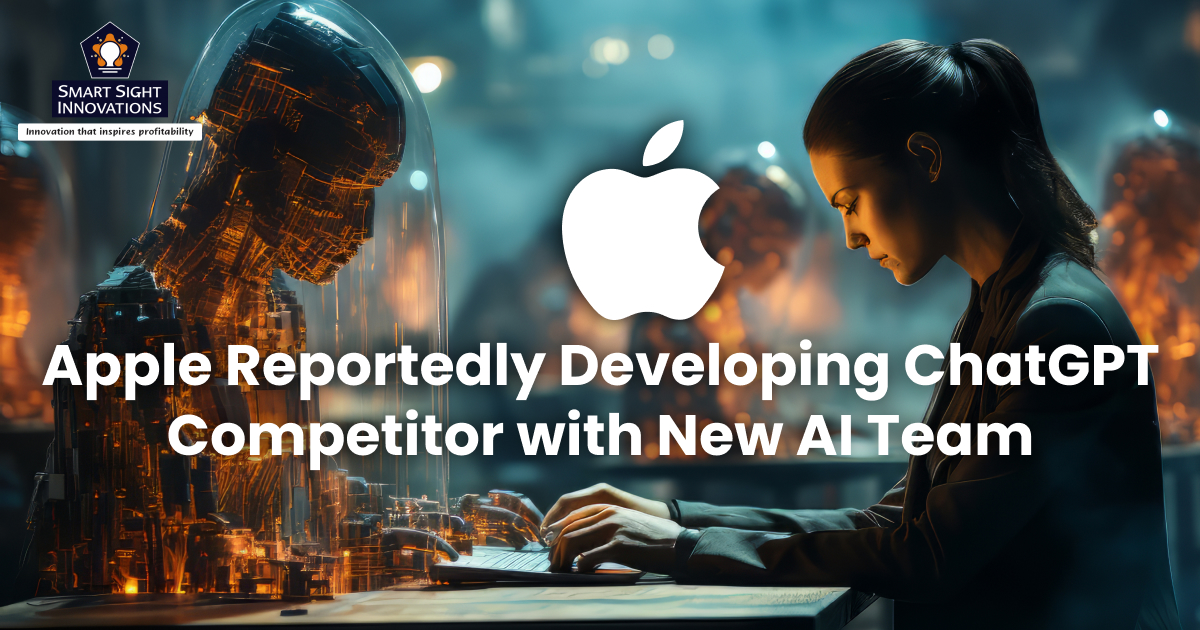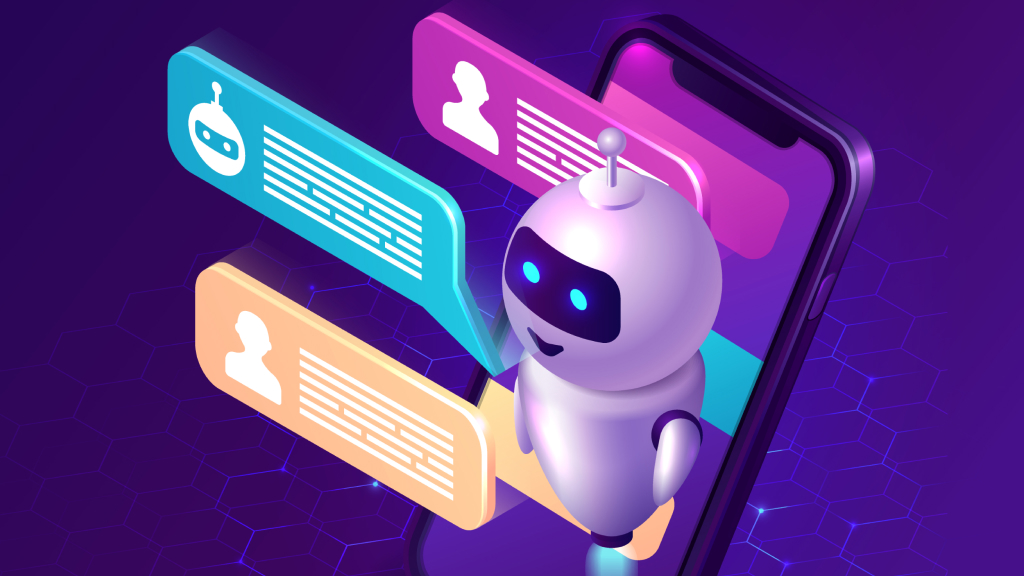
Apple is reportedly building a lightweight, in-house AI chatbot and search experience to compete with ChatGPT, and it’s doing so with a new internal group called the Answers, Knowledge and Information (AKI) team. While Apple already allows Siri to hand off tough questions to ChatGPT (with user permission), AKI’s mandate suggests Apple wants more control over the experience; a fast, privacy-minded “answer engine” that surfaces information directly instead of sending you out to the web.
Here’s everything that’s been reported so far, how it fits with Apple Intelligence, why this matters for Siri, and the questions that remain.
A New Apple Team With a Clear Brief

Multiple reports say Apple quietly formed the AKI team earlier this year to create a ChatGPT-like search and answer experience that could live inside Siri, Safari, or as a standalone app. The focus is on providing clear, direct answers such as “What’s the best way to descale a coffee machine?”, without making users dig through search links.
Some coverage characterizes Apple’s effort as a “stripped-down” chatbot, leaner than general-purpose chatbots like ChatGPT or Gemini, and focused on speed, safety, and utility rather than open-ended conversation. That framing tracks with Apple’s typical product philosophy (do a few things reliably before doing everything) and with how the company has described Apple Intelligence more broadly.
Apple is actively hiring experienced machine learning and AI engineers, including Staff Machine Learning Engineers with deep expertise in search algorithms, large language models (LLMs), reinforcement learning, and ranking systems. The team is led by Robby Walker, a former Siri development head, and includes several ex-Siri team members.
How This Differs From (And Complements) Apple Intelligence

Apple Intelligence, the personal intelligence layer Apple announced in 2024, already powers things like writing tools, priorities, and on-device summarization, and it can tap ChatGPT when needed. If you allow it, Siri can route a question to ChatGPT and return the answer right in the Siri interface; Apple says you’ll be asked before any content is sent off-device, and that requests are proxied to protect your IP address. That integration exists today and is documented in Apple’s support and newsroom pages.
The AKI team’s work is different. Rather than leaning on a third-party model for general chat, AKI reportedly aims to build Apple’s own “answer engine”, a focused system that finds and synthesizes information from across the web and Apple’s knowledge sources, then responds succinctly. Think of it as the search-and-answers layer that could make Siri (and Spotlight, Safari, even Messages) feel instantly useful for factual queries without always deferring to an external chatbot or a list of links.
Why Is Apple Doing This Now?

Apple’s push to develop a new AI chatbot comes at a critical time. Siri, though an early leader in voice assistance, has fallen behind rivals and today’s advanced AI models like ChatGPT. Users increasingly expect conversational, instant answers instead of scrolling through search results, and Apple sees an opportunity to deliver this with a focused, privacy-first solution.
By creating its own Apple AI chatbot, the company can strengthen Siri with smarter, faster, and more context-aware responses while maintaining its commitment to user privacy. This strategy also helps Apple reduce reliance on third-party providers such as OpenAI. With the rapid growth of generative AI, Apple cannot afford to fall behind. Investing in a streamlined Siri upgrade now ensures Apple remains competitive and continues to shape how users interact with information across iPhone, iPad, and Mac.
What “Stripped-Down” Likely Means in Practice

When reports describe Apple’s upcoming AI chatbot as “stripped-down,” it reflects the company’s focus on practicality and efficiency rather than endless features. Instead of mimicking ChatGPT’s wide-ranging conversational style, Apple’s version is expected to concentrate on delivering clear, factual answers quickly and reliably.
This approach aligns with Apple’s philosophy of doing fewer things but doing them well. The chatbot will likely be optimized for Apple silicon, ensuring speed and smooth integration across iPhone, iPad, and Mac. Privacy will also be central, with many tasks processed on-device and more complex queries handled through Apple’s secure cloud.
By narrowing its scope, Apple can build a trusted, streamlined AI experience that enhances Siri and other services without overwhelming users with unnecessary complexity.
Here’s How It Works

While AKI is still in development, Siri can turn to ChatGPT today for some of the more complex queries. On iPhone, iPad, and Mac running the latest software, if you opt in, Siri will ask permission to send your prompt (and optionally a photo or document) to ChatGPT when it thinks that will produce a better answer.
The response is shown in the Siri UI, and Apple says your IP is masked and your data isn’t stored by OpenAI by default. It acts as a useful fallback, offering answers to complex queries until Apple’s in-house AI becomes more advanced.
Reports indicate that the work of Apple’s AKI team could surface across multiple parts of the ecosystem. The most obvious home is Siri, where users could get instant, accurate responses without being redirected to a web browser. Beyond Siri, the technology may also enhance Spotlight and Safari, shifting search results from a list of links to direct, actionable answers.
Apple could even extend this unified answer engine into system apps and features, powering on-screen awareness (such as summarizing a PDF), carrying out actions (like saving an address to Contacts), or offering contextual help (for example, explaining what’s in a photo). The overarching aim is to reduce friction by giving useful answers in just one or two steps, thus rebuilding user trust in Siri and iOS.
Apple’s reported work on a stripped-down AI chatbot through its new AKI team highlights how seriously the company is approaching the generative AI shift. By focusing on speed, privacy, and tight integration, Apple isn’t trying to replicate ChatGPT’s every feature, it’s aiming to deliver a smarter, more reliable Siri upgrade that feels natural across iPhone, iPad, and Mac.
The ability for Siri to already route tough queries to ChatGPT shows Apple’s pragmatic approach, but long term, building its own Apple AI chatbot will give it greater control and reduce dependence on external providers. With user trust, privacy, and seamless design as core priorities, Apple’s entry into this space could redefine how people interact with information on its devices. The next few years will show whether Apple can turn its cautious strategy into a lasting advantage.














